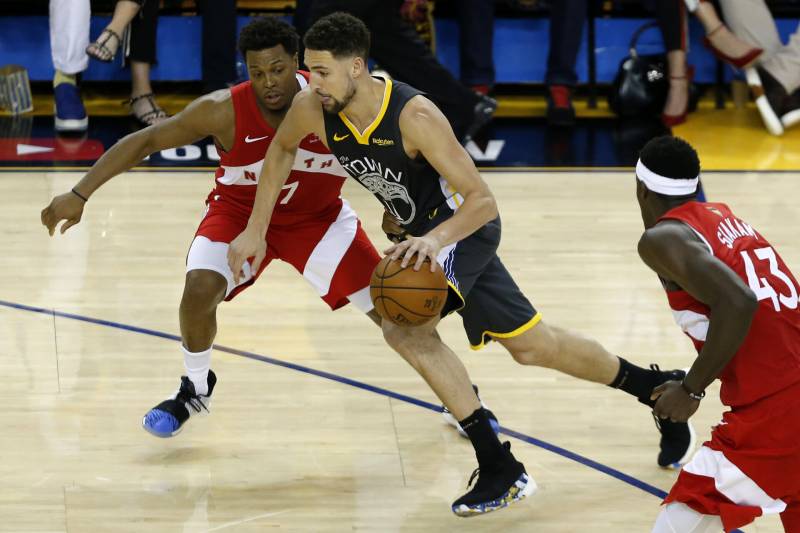Now that Steph Curry set the NBA career record for 3-pointers, all eyes are back on Klay Thompson.
During the 2019 NBA Finals, Thompson suffered a torn anterior cruciate ligament, or ACL, in his left knee. The ACL is a strip of tissue that runs through the middle of a knee and acts as a stabilizer. A year later, he tore his right Achilles tendon.
Many Warriors fans are wondering when the team’s sharp-shooting guard could be ready to hit the court.
Find hope in a recent Stanford study that links NBA playing styles and their impact on certain knee injuries, like ACL tears. Basketball players who often drive to the hoop are more likely to suffer a tear, but also more likely to make a full recovery, researchers found.
“It always takes a little bit of time to ease back into things. But in general, from our study, that’s what we found,” said Kevin Thomas, a lead author on the study and a graduate student at Stanford, studying medicine and biomedical informatics. “[And that’s] we can hopefully expect from players like him over the long run.”
